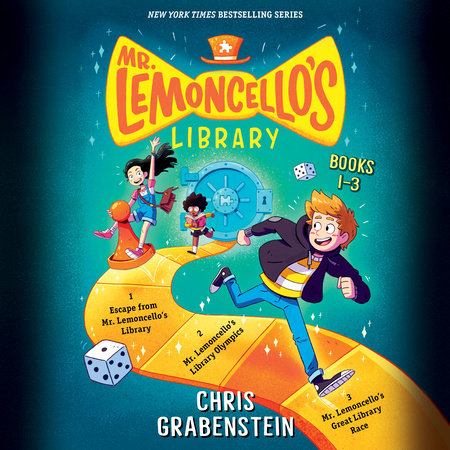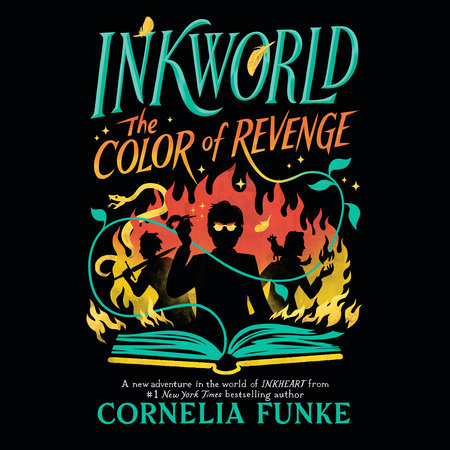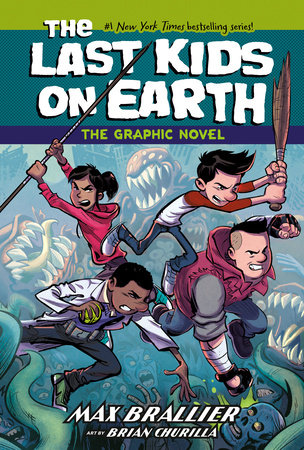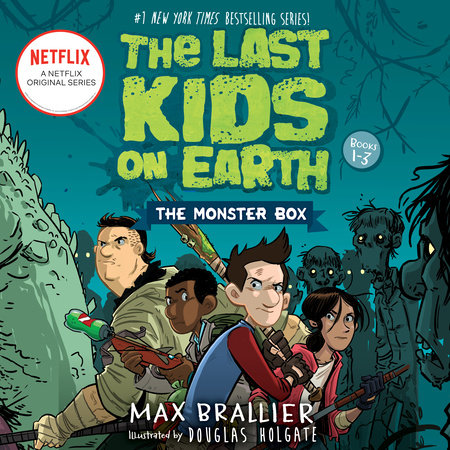Author Q&A
Highway Cats is a story about how a group of stray cats rise up and defend their small home woods from being destroyed by road builders. How did you come to write this story?
I live in a Rhode Island town that’s still quite rural, surrounded by fields and woods. Lately, a lot of construction has been changing the landscape: new houses, roads, driveways slicing across meadows. I began to worry about the wild animals and birds who used to live in these areas. Where did they go? What did they do to survive?
So you sided with the animals against the humans in the story?
Right. The main narrative is told from the point of view of the cats and the wild animals. One thing I wanted to show is how frightening it would be to have your home plowed under or chopped down by giant, roaring machines. We humans don’t always think about the lives being trampled by our buildings and roads. On the other hand, the natural world has already lasted a long time. Perhaps there is a kind of strength to survive there that we can’t see.
The story starts in the human world with two characters, Mayor Blunt and his aide, Farley, plotting a re-election campaign. But the scene is written like an act in a play. Why did you begin this way?
Actually, all the human scenes in the story are written as if they were acts in a play. I was thinking of William Shakespeare’s famous lines:
”All the world’s a stage, and all the men and women merely players.”
Shakespeare was saying that our human lives are short and forgettable compared to the vastness of history, both human and planetary. I imagined the humans in Highway Cats as being like actors in a short-lived drama. They are come and gone in a rush compared to the timeless antiquity of the natural world, which in the story is the cats’ home forest.
You have the cats win out and save their forest in the story. Isn’t this just fictional happy-ending stuff though? In the real world, nature loses out most of the time.
That’s true. Both animal and plant life on this planet are under threat. But the natural world has a powerful will of its own to survive, which it has done over billions of years. Sometimes it feels almost magical. In Highway Cats, the drop-off kittens embody this magical force. They seem pitifully fragile and unlikely to live, and yet they have a glow, a mysterious staying power that draws the stray cats to them. Moon-lit forests, open fields, sparkling brooks, the sudden appearance of a faun or a white egret on the edge of a pond, capture me in the same way. They make me wonder about life and feel part of some larger, long-lived mystery.
You’ve given the cats Shredder and Khalia Koo the real voice of the story. They’re sort of half-funny, half-tragic characters. Sometimes they look ridiculous, but they have sad scenes too.
Yes, I loved doing that. The cats are cartoonish in the same way we humans can be at times. They are stubborn, vain, selfish and have many nasty habits. At first, these cats can’t see much farther than the end of their own noses. Khalia Koo is especially blinded by her own self-protective containers. Shredder’s wounds are inside his head and not so apparent. Both are losers, highway throw-outs who need a jump start to believe they can be winners. The kittens are their spark.
What about those kittens? Who are they anyway? Where do they go in the end?
Those three little kittens are certainly not to be confused with the dopey nursery rhyme kittens who lose their mittens. I’m playing with that story here, turning it upside down. The natural world can seem innocent and easily manipulated sometimes, almost childlike. But watch out. We humans may be in for some rude surprises before our final curtain. At the end of Highway Cats, the mysterious kittens seem headed for another confrontation with Mayor Blunt and his kind out by the reservoir. I, for one, am betting they’ll come out on top again.
























